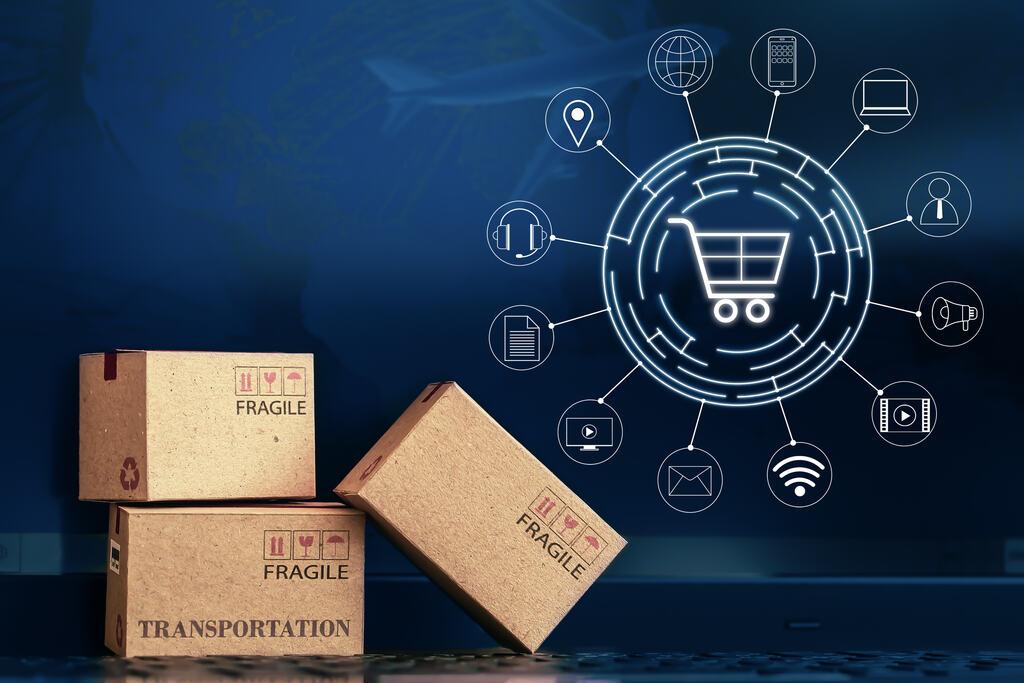The B2B ecommerce market has changed dramatically due to emerging technologies, shifting buyer preferences, and growing demand for enhanced customer experiences. In 2025, businesses must adapt to key trends shaping the future of online sales. Companies that innovate today—from leveraging personalization to embracing blockchain technology for secure transactions—will lead tomorrow.
7 B2B ecommerce trends to watch in 2025
This year, new B2B ecommerce trends are poised to significantly impact the sector, particularly with a focus on streamlining the purchasing experience. Here are the key trends to watch in the upcoming year:
1. Personalization as a competitive edge
Personalization in B2B ecommerce has shifted from a luxury to a necessity. Buyers now expect tailored experiences, including product recommendations and pricing based on their purchasing history. Platforms that integrate AI-driven personalization see higher conversion rates and increased customer loyalty.
Businesses must leverage data to create meaningful interactions that replicate the intimacy of face-to-face sales.
2. Impact of Artificial Intelligence
Artificial intelligence (AI) is transforming B2B ecommerce by enhancing decision-making, predictive analytics, and automating processes. Conversational AI technologies, such as chatbots can offer instant front-line customer support, enabling customer service and sales representatives to focus on more intentional customer engagement. Weni.ai, for example, is a platform focused on automating customer support using AI that provides businesses with AI-driven chatbots designed to deliver personalized, efficient service across various digital channels.
According to a Gartner prediction, conversational AI alone will reduce contact center agent labor costs by $80 billion by 2026, showcasing the massive cost-saving potential of AI in customer service and operations. At the same time, machine learning models can work in the background to analyze purchasing patterns to forecast demand and predict inventory needs.
3. Expansion of omnichannel strategies
Modern B2B buyers expect consistent experiences across multiple touchpoints, including mobile apps, social platforms, and marketplaces. Businesses embracing omnichannel strategies are meeting buyers where they are, ensuring frictionless transitions between channels. For instance, a buyer may explore options on a website but finalize the purchase via a mobile app, expecting the same seamless experience across platforms.
4. Adoption of Blockchain for secure transactions
Blockchain technology is becoming a game-changer in B2B ecommerce, offering enhanced transparency and security for transactions. By leveraging distributed ledger technology, ecommerce businesses can minimize fraud, streamline payment processes, and improve supply chain traceability. For industries such as pharmaceuticals or high-value manufacturing, blockchain technology can ensure compliance and authenticity across the entire supply chain.
5. Rise of Virtual Reality for product demonstrations

Virtual reality (VR) is transforming the way B2B companies showcase products. From immersive factory tours to interactive product demonstrations, VR enables buyers to evaluate offerings without physical visits. For example, a construction firm can use VR to demonstrate machinery capabilities, helping clients make informed purchasing decisions remotely.
6. Marketplace integration to create a "bottomless bin" or improve distribution/logistics
Businesses are rethinking how they manage inventory and streamline distribution channels. The trend toward marketplace integration is driving innovation in distribution logistics, where companies can tap into what some call a "bottomless bin" approach.
This means leveraging online marketplaces to access virtually unlimited inventory, making it easier to fulfill orders rapidly. Advanced technology now enables seamless coordination between multiple vendors and logistics partners, which is key to make sure that product availability and delivery remain uninterrupted even during peak demand.
7. Incorporation of B2C experiences like live shopping and concierge commerce
B2B platforms are beginning to borrow ideas from the B2C world to enhance engagement and customer service. Live shopping, powered by platforms such as VTEX, is making its way into B2B commerce, allowing buyers to experience interactive, real-time product demonstrations and discussions. This shift creates a more immersive buying experience and builds trust between businesses.
Concierge commerce, another trend, is focusing on personalized service to guide buyers through complex purchase decisions, blending digital convenience with the warmth of human interaction. VTEX’s Personal Shopper is a great example of this.
Best practices for businesses adopting new trends
Successfully integrating these trends requires careful planning and a strategic approach. Below are the best practices for businesses to effectively adopt and implement emerging trends, ensuring they not only keep pace with industry shifts but also maximize new opportunities.
1. Prioritize scalability and flexibility
When adopting new technologies, businesses must ensure their platforms and processes are scalable and flexible. This enables rapid adaptation to market changes and evolving customer needs, providing a strong foundation for long-term growth.
2. Collaborate with technology partners
Partnering with the right technology providers is crucial to staying ahead. These partners can assist in integrating complex tools, such as VR or voice search, and provide ongoing support to refine digital strategies.
3. Continuous training and development
Equipping your team with the skills needed to leverage emerging trends is essential. Regular training ensures that employees can quickly adapt to new technologies, helping the business maintain a competitive edge.

The future of B2B ecommerce is now
The future of B2B ecommerce lies in adopting innovative technologies and meeting the evolving expectations of customers. From personalization to blockchain, each trend offers unique opportunities to enhance your business. As you move on in this journey, choosing the right platform is critical.
Explore how VTEX enables businesses to lead the future of B2B ecommerce with cutting-edge tools, scalability, and flexibility. Try VTEX and experience the difference today.
